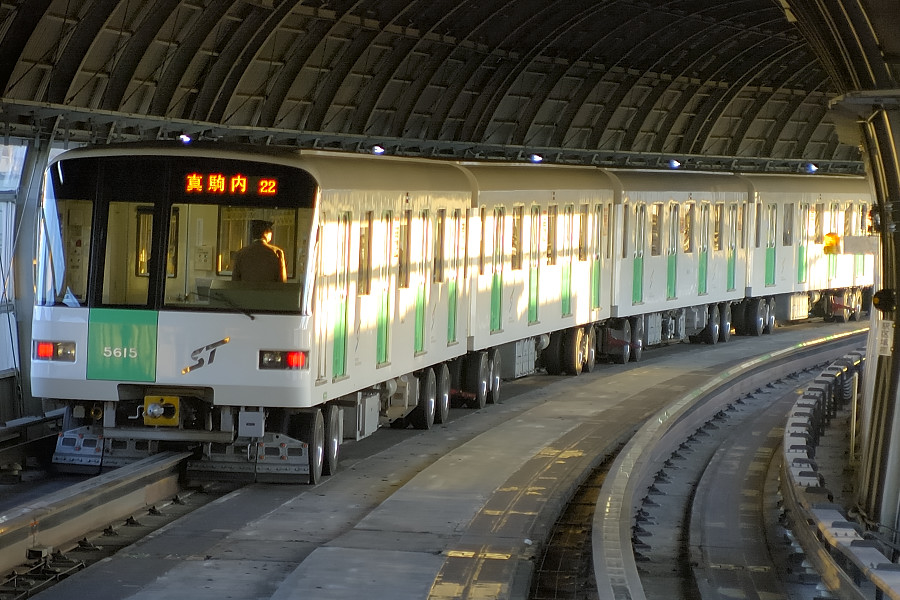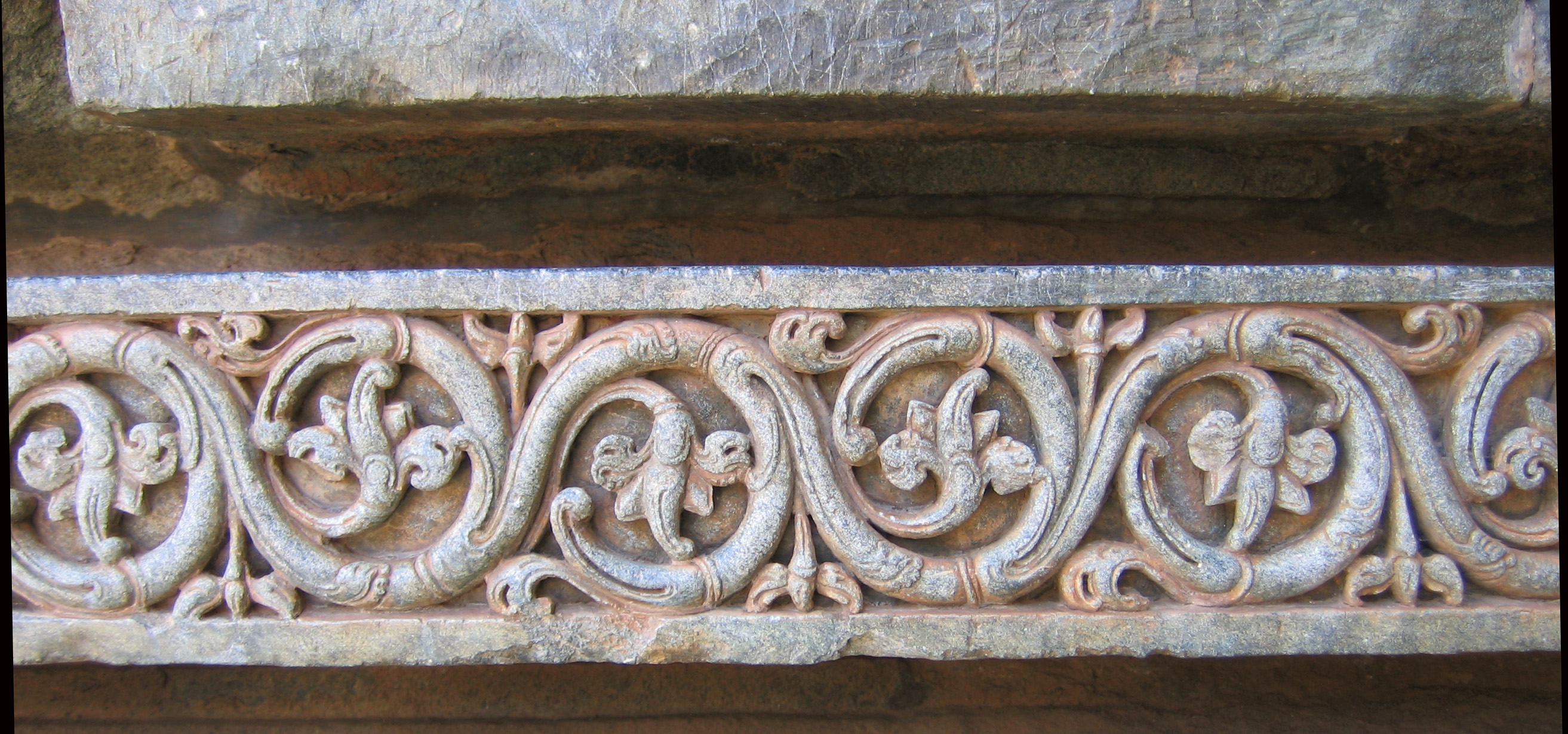|
Bracket (architecture)
A bracket is an architectural element: a structural or decorative member. It can be made of wood, stone, plaster, metal, or other media. It projects from a wall, usually to carry weight and sometimes to "...strengthen an angle". A corbel or console are types of brackets. In mechanical engineering a bracket is any intermediate component for fixing one part to another, usually larger, part. What makes a bracket a bracket is that it is intermediate between the two and fixes the one to the other. Brackets vary widely in shape, but a prototypical bracket is the L-shaped metal piece that attaches a shelf (the smaller component) to a wall (the larger component): its vertical arm is fixed to one (usually large) element, and its horizontal arm protrudes outwards and holds another (usually small) element. This shelf bracket is effectively the same as the architectural bracket: a vertical arm mounted on the wall, and a horizontal arm projecting outwards for another element to be attached o ... [...More Info...] [...Related Items...] OR: [Wikipedia] [Google] [Baidu] |
Ceiling Bracket Detail At Chapel, Greenwich Hospital, London
A ceiling is an overhead interior surface that covers the upper limits of a room. It is not generally considered a structural element, but a finished surface concealing the underside of the roof structure or the floor of a story above. Ceilings can be decorated to taste, and there are many fine examples of frescoes and artwork on ceilings especially in religious buildings. A ceiling can also be the upper limit of a tunnel. The most common type of ceiling is the dropped ceiling, which is suspended from structural elements above. Panels of drywall are fastened either directly to the ceiling joists or to a few layers of moisture-proof plywood which are then attached to the joists. Pipework or ducts can be run in the gap above the ceiling, and insulation and fireproofing material can be placed here. Alternatively, ceilings may be spray painted instead, leaving the pipework and ducts exposed but painted, and using spray foam. A subset of the dropped ceiling is the suspended ceiling ... [...More Info...] [...Related Items...] OR: [Wikipedia] [Google] [Baidu] |
Adjustable Shelving
Adjustable shelving allows more flexible use of shelves to hold items of value for storage, display or sale. Like fixed shelves, the horizontal planes are normally made of strong materials such as wood or steel (occasionally glass or other materials), but their exact vertical positioning can be varied - usually through the use of uprights into which supporting brackets or the shelves themselves can be fixed at different heights. For example, in furniture such as a cabinet or bookcase, the vertical elements may be drilled to allow metal or plastic supports to be inserted, and the shelf then rests on the supports. Alternative approaches include the use of grooves on the uprights at either end of the shelf into which the shelf can be inserted. Purpose-built adjustable shelving systems can be fixed to a wall or free-standing. #Common wall-fixed systems comprise parallel metal strips (attached to the wall by screws) which have slots into which brackets can be fitted to hold shelves. ... [...More Info...] [...Related Items...] OR: [Wikipedia] [Google] [Baidu] |
Dougong
''Dougong'' () is a structural element of interlocking wooden brackets, one of the most important in traditional Chinese architecture. The use of dougong first appeared in buildings of the late centuries BC and evolved into a structural network that joined pillars and columns to the frame of the roof. ''Dougong'' was widely used by the ancient Chinese during the Spring and Autumn period (770–476 BC) and developed into a complex set of interlocking parts by its peak in the Tang and Song periods. The pieces are fitted together by joinery alone without glue or fasteners, requiring precise carpentry. After the Song Dynasty, brackets and bracket sets used in palatial structures and important religious buildings became more ornamental than structural, no longer fitting the description of traditional ''dougong''. Function Dougong is part of the network of wooden supports essential to the timber frame structure of traditional Chinese building. Because the walls in these st ... [...More Info...] [...Related Items...] OR: [Wikipedia] [Google] [Baidu] |
Rubber-tyred Metro
A rubber-tyred metro or rubber-tired metro is a form of rapid transit system that uses a mix of road and rail technology. The vehicles have wheels with rubber tires that run on rolling pads inside guide bars for traction, as well as traditional railway steel wheels with deep flanges on steel tracks for guidance through conventional switches as well as guidance in case a tyre fails. Most rubber-tyred trains are purpose-built and designed for the system on which they operate. Guided buses are sometimes referred to as 'trams on tyres', and compared to rubber-tyred metros. History The first idea for rubber-tyred railway vehicles was the work of Scotsman Robert William Thomson, the original inventor of the pneumatic tyre. In his patent of 1846 he describes his 'Aerial Wheels' as being equally suitable for, "the ground or rail or track on which they run". The patent also included a drawing of such a railway, with the weight carried by pneumatic main wheels running on a flat board t ... [...More Info...] [...Related Items...] OR: [Wikipedia] [Google] [Baidu] |
Guide Bar
The rubber-tyred metro systems that incorporate track have angle irons as guide bars, or guiding bars, outside of the two roll ways. The Busan Subway Line 4, that lacks a rail track, has I-beams installed as guide bars. The flanges are vertical. The Sapporo Municipal Subway, that lacks a rail track as well, has no guide bars. It has a central guide rail instead. Image:M2-Ouchy-train-arrive+track.jpg, Ouchy M2 station, Showing the angle iron guide bars, the I-beam roll ways and the bumper posts Image:QC-STM GarageBeaugrand 20040706-132759 VoieEssai.jpg, View of a track from a sandpile, in the Montreal Metro near the Beaugrand Station, showing the inverted L cross-section of the guide bars (the extreme flared ends are a fabricated inverse U), precast concrete roll ways and conventional track See also * Automated guideway transit * Bracket * Flangeways * Fourth rail * Guided bus * Guide rail * Overhead conductor rail * Rail profile * Roll way * Rail track * ... [...More Info...] [...Related Items...] OR: [Wikipedia] [Google] [Baidu] |
Third Rail
A third rail, also known as a live rail, electric rail or conductor rail, is a method of providing electric power to a railway locomotive or train, through a semi-continuous rigid conductor placed alongside or between the rails of a railway track. It is used typically in a mass transit or rapid transit system, which has alignments in its own corridors, fully or almost fully segregated from the outside environment. Third rail systems are usually supplied from direct current electricity. Modern tram systems, street-running, avoid the risk of electrocution by the exposed electric rail by implementing a segmented ground-level power supply, where each segment is electrified only while covered by a vehicle which is using its power. The third-rail system of electrification is not related to the third rail used in dual gauge railways. Description Third-rail systems are a means of providing electric traction power to trains using an additional rail (called a "conductor rail") fo ... [...More Info...] [...Related Items...] OR: [Wikipedia] [Google] [Baidu] |
Coverboard
A plank is timber that is flat, elongated, and rectangular with parallel faces that are higher and longer than wide. Used primarily in carpentry, planks are critical in the construction of ships, houses, bridges, and many other structures. Planks also serve as supports to form shelves and tables. Usually made from sawed timber, planks are usually more than thick, and are generally wider than . In the United States, planks can be any length and are generally a minimum of deep by wide, but planks that are by and by are more commonly stocked by lumber retailers. Planks are often used as a work surface on elevated scaffolding, and need to be wide enough to provide strength without breaking when walked on. The wood is categorized as a board if its width is less than , and its thickness is less than . A plank used in a building as a horizontal supporting member that runs between foundations, walls, or beams to support a ceiling or floor is called a joist. The plank was the ... [...More Info...] [...Related Items...] OR: [Wikipedia] [Google] [Baidu] |
Revivalism (architecture)
Revivalism in architecture is the use of visual styles that consciously echo the style of a Architectural style, previous architectural era. Notable revival styles include Neoclassical architecture (a revival of Classical architecture), and Gothic Revival architecture, Gothic Revival (a revival of Gothic architecture). Revivalism is related to Historicism (art), historicism. Architecture produced during the 19th century, including Victorian architecture, is especially associated with revivalism. History 19th-early 20th centuries The idea that architecture might represent the glory of kingdoms can be traced to the dawn of civilisation, but the notion that architecture can bear the stamp of national character is a modern idea, that appeared in the 18th century historical thinking and given political currency in the wake of the French Revolution. As the map of Europe was repeatedly changing, architecture was used to grant the aura of a glorious past to even the most recent nations. ... [...More Info...] [...Related Items...] OR: [Wikipedia] [Google] [Baidu] |
Scroll (art)
The scroll in art is an element of ornament and graphic design featuring spirals and rolling incomplete circle motifs, some of which resemble the edge-on view of a book or document in scroll form, though many types are plant-scrolls, which loosely represent plant forms such as vines, with leaves or flowers attached. Scrollwork is a term for some forms of decoration dominated by spiralling scrolls, today used in popular language for two-dimensional decorative flourishes and arabesques of all kinds, especially those with circular or spiralling shapes. Scroll decoration has been used for the decoration of a vast range of objects, in all Eurasian cultures, and most beyond. A lengthy evolution over the last two millennia has taken forms of plant-based scroll decoration from Greco-Roman architecture to Chinese pottery, and then back across Eurasia to Europe. They are very widespread in architectural decoration, woodcarving, painted ceramics, mosaic, and illuminated manuscripts (mo ... [...More Info...] [...Related Items...] OR: [Wikipedia] [Google] [Baidu] |
Architectural Sculpture
Architectural sculpture is the use of sculptural techniques by an architect and/or sculptor in the design of a building, bridge, mausoleum or other such project. The sculpture is usually integrated with the structure, but freestanding works that are part of the original design are also considered to be architectural sculpture. The concept overlaps with, or is a subset of, monumental sculpture. It has also been defined as "an integral part of a building or sculpture created especially to decorate or embellish an architectural structure." Architectural sculpture has been employed by builders throughout history, and in virtually every continent on earth save pre-colonial Australia. Egyptian Modern understanding of ancient Egyptian architecture is based mainly on the religious monuments that have survived since antiquity, which are carved stone with post and lintel construction. These religious monuments dedicated to the gods or pharaohs were designed with a great deal of architec ... [...More Info...] [...Related Items...] OR: [Wikipedia] [Google] [Baidu] |
Shelf (storage)
A shelf ( : shelves) is a flat, horizontal plane used for items that are displayed or stored in a home, business, store, or elsewhere. It is raised off the floor and often anchored to a wall, supported on its shorter length sides by brackets, or otherwise anchored to cabinetry by brackets, dowels, screws, or nails. It can also be held up by columns or pillars. A shelf is also known as a ''counter'', ''ledge'', ''mantel'', or ''rack''. Tables designed to be placed against a wall, possibly mounted, are known as console tables, and are similar to individual shelves. A shelf can be attached to a wall or other vertical surface, be suspended from a ceiling, be a part of a free-standing frame unit, or it can be part of a piece of furniture such as a cabinet, bookcase, entertainment center, headboard, and so on. Usually, two to six shelves make up a unit, each shelf being attached perpendicularly to the vertical or diagonal supports and positioned parallel one above the other. Free-st ... [...More Info...] [...Related Items...] OR: [Wikipedia] [Google] [Baidu] |





.jpg)




